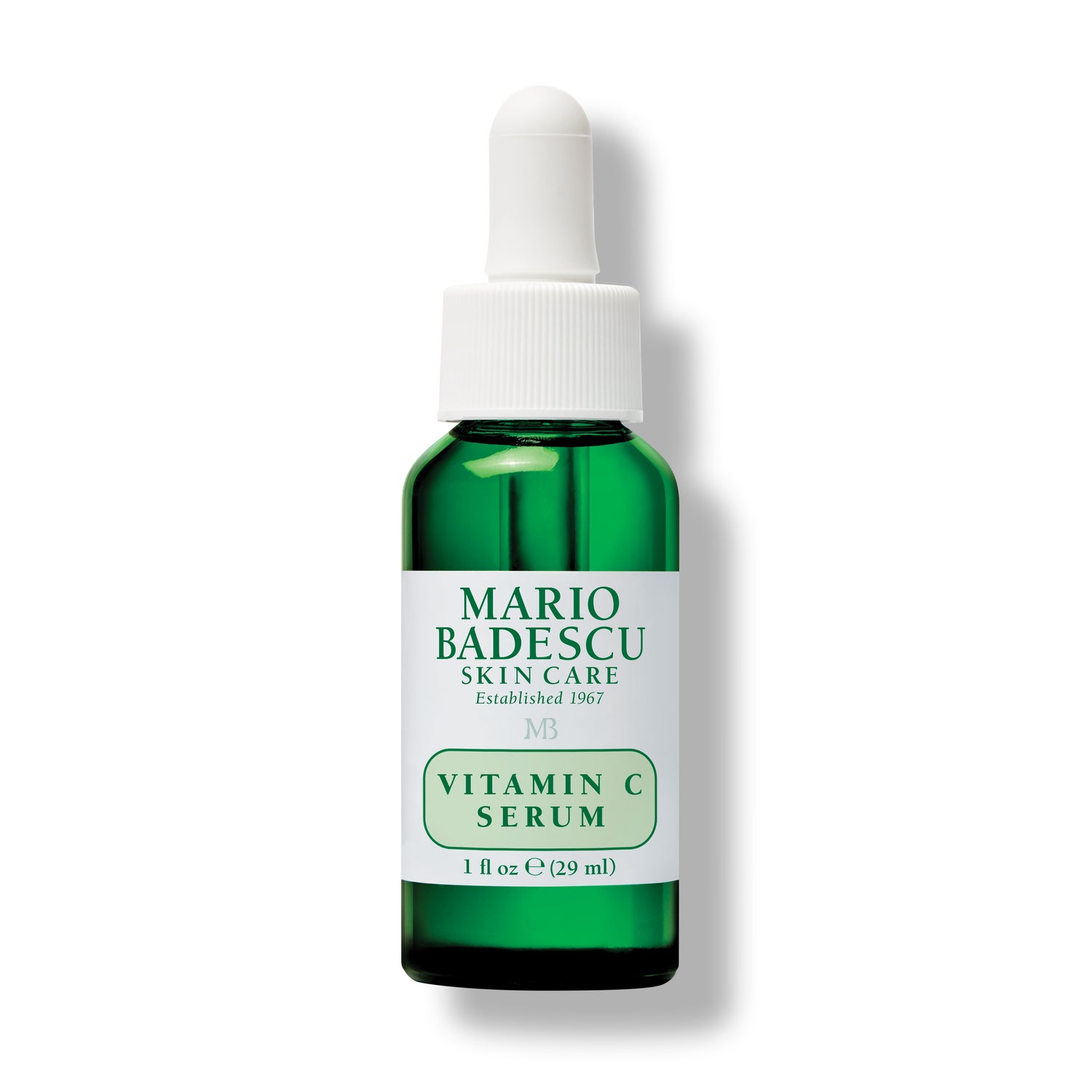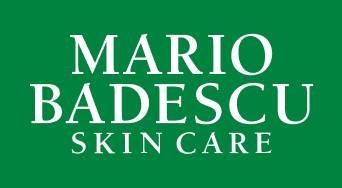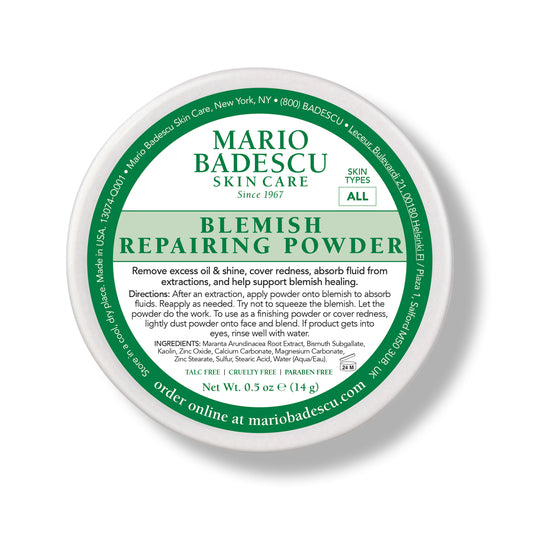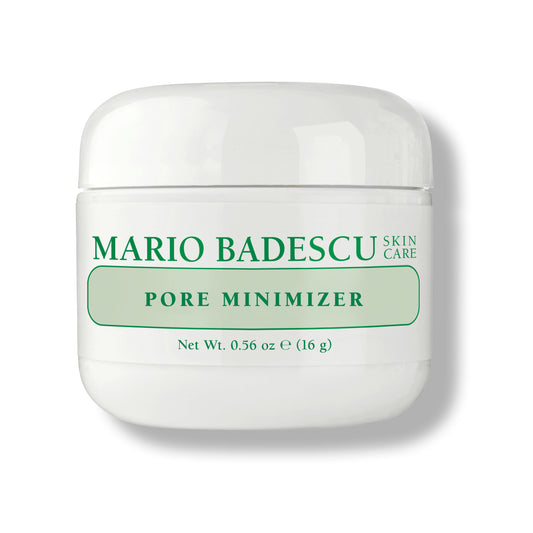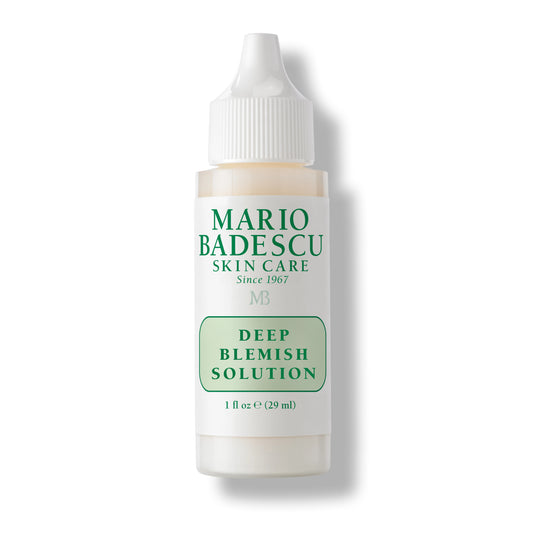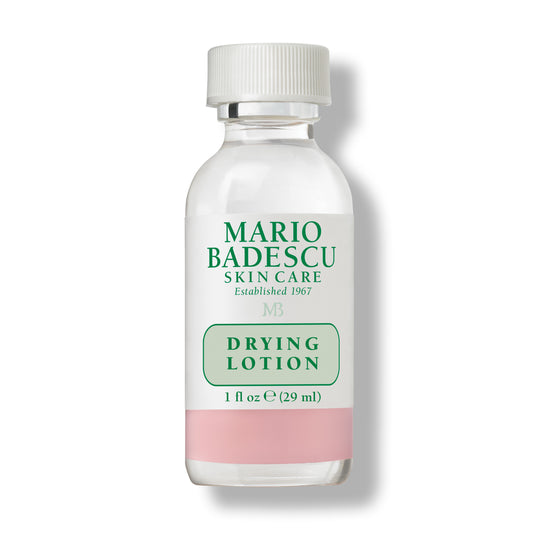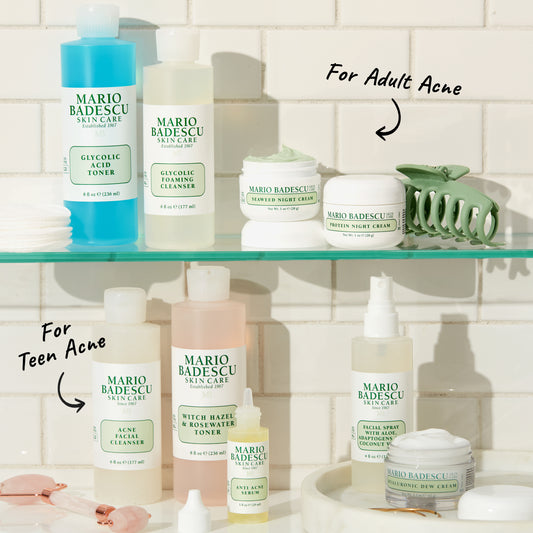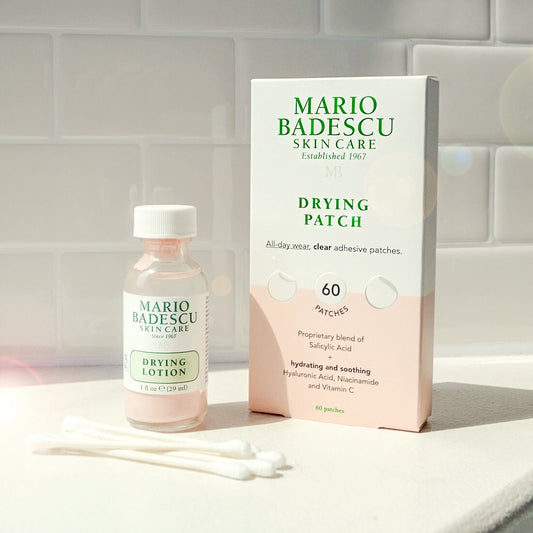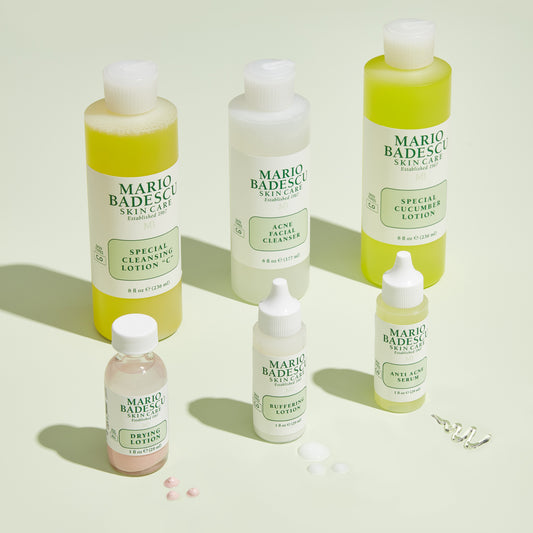Finding a solution for your acne problems can be challenging, but it’s especially tough when you don’t even know what you’re dealing with. The fact is, there isn’t a universal method of classifying acne stages (sometimes called grades), but understanding a few different types of acne can help you achieve clearer, healthier skin.

Types of Acne and Their Treatments
Acne typically starts with the formation of comedones, which can manifest as either whiteheads or blackheads. These pesky little bumps result from clogged pores, often exacerbated by excess oil production, dead skin cells, and bacteria. If left unchecked, these comedones can progress to more inflammatory forms of acne, including papules, pustules, nodules, and the notorious cystic acne.
Whiteheads and Blackheads
Whiteheads are seemingly innocent blemishes that have a knack for popping up when least expected. These little bumps, scientifically known as closed comedones, occur when a pore becomes clogged with oil and dead skin cells, trapping them beneath the skin's surface. The result? A small, white bump that can be oh-so-tempting to squeeze (we've all been there!).
On the other hand, blackheads, also known as open comedones, occur when pores become clogged with the pores remaining open. Though they might not be as inflamed or painful as other forms of acne, they sure know how to make their presence known, dotting your complexion with tiny dark spots.
Luckily, our NEW Pore Minimizer can help prevent them from ruining your day. It clarifies your skin by shrinking and drawing excess oils from your pores - and it only takes 10 minutes!
Papules and Pustules
And then there are the papules and pustules—those inflamed, red bumps that have a knack for turning a bad skin day into a full-blown crisis. Papules are small, raised bumps that form when the walls surrounding your pores break down due to severe inflammation, while pustules are similar in appearance but contain pus at their tips.
Both papules and pustules are the result of excess oil production and bacterial buildup within the pores, making them prime targets for acne-fighting treatments. Our Drying Lotion is a cult favorite to help dry up these surface blemishes overnight.
Cystic Acne
Characterized by large, inflamed lesions that extend deep into the skin, cystic acne is notorious for its stubbornness and ability to cause significant emotional distress. These painful nodules are often accompanied by redness and swelling, and can even leave behind unsightly scars if not properly managed. Suffice it to say, conquering cystic acne requires a multifaceted approach and a whole lot of patience.
In this case, go for our NEW Deep Blemish Solution, specially formulated to target those annoyingly painful under-the-skin acne without causing dryness or discoloration.

Post Pimple (Popping) Care
We know we’ve been talking non-stop about never popping a pimple, but what if you do? Now what? Don’t worry, we got you! Our NEW Blemish Repairing Powder will help speed up the healing process of your popped pimples and minimize any oiliness and redness throughout the day.
In addition to treating existing breakouts and popped pimples, post-acne care is equally important for maintaining a clear complexion and preventing future flare-ups. Incorporating products with ingredients like salicylic acid and retinoids can help keep pores clear and minimize the risk of new blemishes. Try our best-selling Acne Facial Cleanser or our gel-based Anti Acne Serum. On that note, don’t forget the importance of a consistent skincare routine, complete with daily cleansing, moisturizing, and sun protection—all essential steps on the path to radiant skin.
